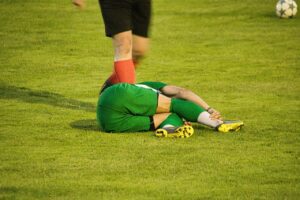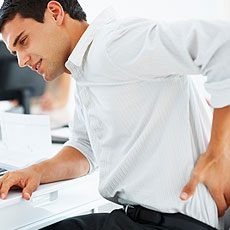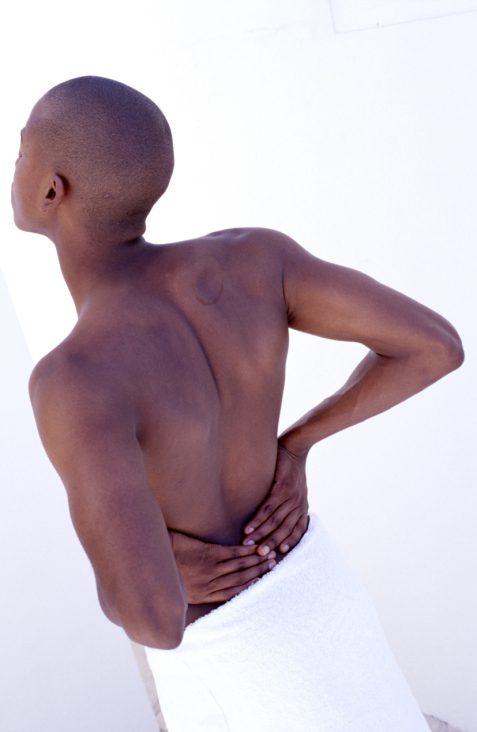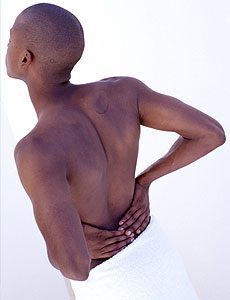Unlocking better sleep: How chiropractic care helps alleviates chronic pain.
Chronic pain is a persistent issue that affects millions of people worldwide. For many, this pain can profoundly impact everyday activities, including one of the most essential aspects of life: sleep. If you’re struggling to find relief and restful nights, integrating chiropractic care into your routine might be the answer you’ve been seeking.
Understanding the connection between pain and sleep
Chronic pain can create a vicious cycle. Pain disrupts your ability to get a good night’s rest, and, in turn, the lack of quality sleep makes coping with pain even more challenging. It’s a cycle that can leave you feeling fatigued, irritable, and unable to function at your best. So, how can chiropractic care help break this cycle?
Alleviating pain naturally
By focusing on the body’s musculoskeletal system, chiropractors can help:
- Reduce muscle tension: Tension in muscles and soft tissues can lead to discomfort and restrict movement. Chiropractic adjustments can help ease this tension, allowing your body to relax, which is crucial for a good night’s sleep.
- Enhance mobility: When pain limits movement, it becomes difficult to find a comfortable sleeping position. By improving mobility, chiropractic care allows for better positioning during sleep, reducing the likelihood of waking up due to discomfort.
- Sleep ergonomic advice: chiropractors are trained to educate on good sleep ergonomics, such as correct postures for optimum bed rest, dietary and behavioural habits to aid and promote good sleep patterns and optimise sleep.
After chiropractic treatments, patients often feel relaxed as well as their tension has been reduced which can aid with falling asleep.
Improving overall wellness
Chiropractors take a holistic approach to health, considering how various systems in the body interact. Chronic pain management through chiropractic care often involves lifestyle recommendations, including:
- Exercise guidance: Gentle exercises can strengthen muscles and support joint function, reducing the overall burden of pain.
- Posture coaching: Educating patients on body mechanics can prevent strain and discomfort both during the day and while trying to rest at night.
- Nutrition advice: A balanced diet can play a significant role in reducing inflammation, another contributor to chronic pain.
A tailored approach
Every individual experiences pain differently, and chiropractors recognize this by creating personalized treatment plans. Whether you have back pain, neck discomfort, or headaches, your chiropractor will work with you to develop a strategy that targets your specific challenges.
Your journey to restful sleep
If chronic pain is robbing you of restful nights, consider visiting a chiropractor. With a focus on holistic healing, chiropractic care offers a natural and effective way to alleviate pain and enhance your overall well-being. As you reduce discomfort, you may find it easier to drift off and stay asleep, leading to improved energy and productivity during the day.
Remember, the journey to better sleep starts with taking steps towards managing your pain. Don’t hesitate to reach out for help; a chiropractor is ready to guide you every step of the way to a pain-free, restful night. Take control of your sleep and, in turn, your life!











 At the
At the 
